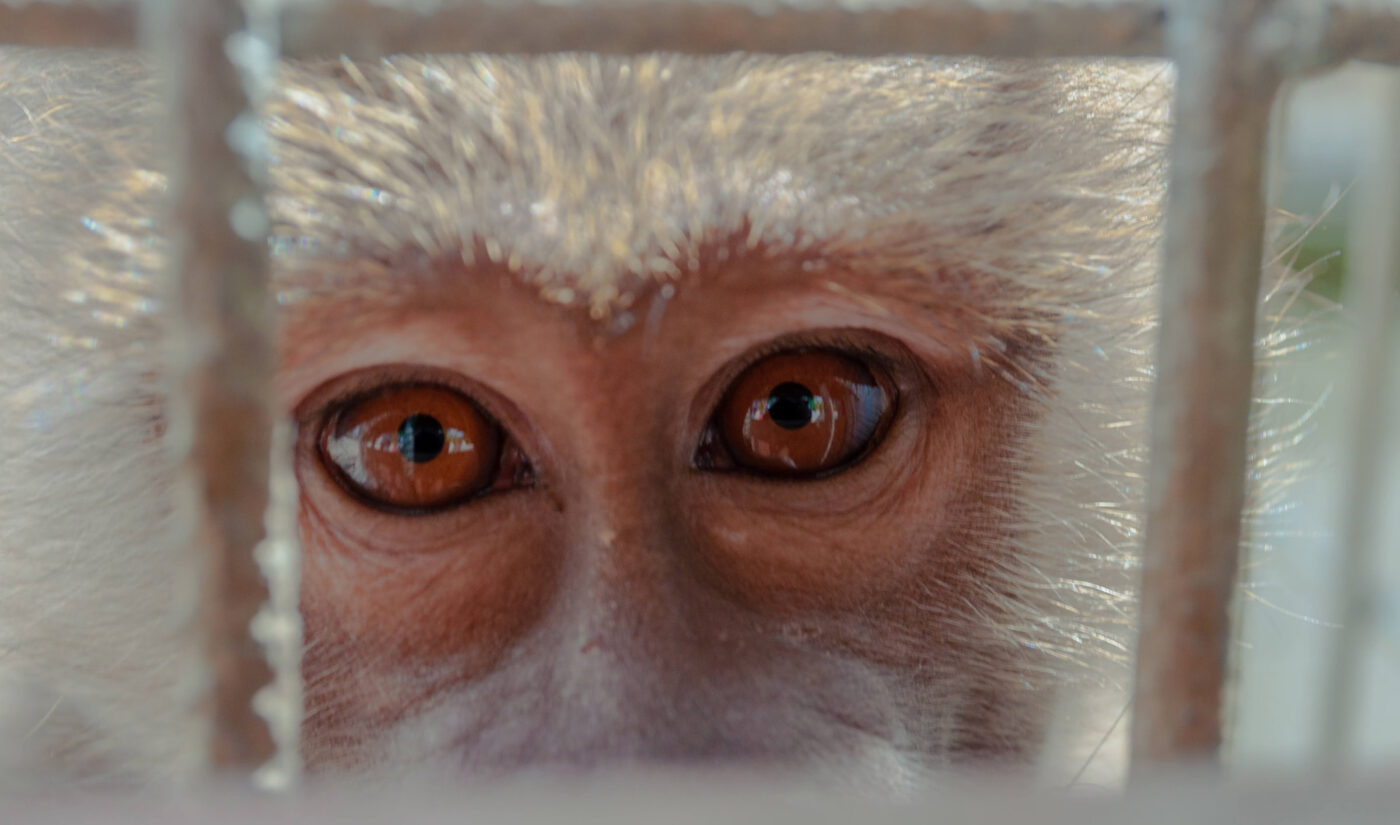A coalition animal welfare organizations is calling for YouTube, TikTok, Facebook, and Instagram to crack down on content depicting animal abuse.
The Asia for Animals Social Media Animal Cruelty Coalition (SMACC) counts 25 members: Action for Primates, Animal Concerns Research and Education Society, Animals Asia Foundation, Born Free UK, Born Free USA, Federation of Indian Animal Protection Organizations, Global Federation of Animal Sanctuaries, Humane Society International, International Animal Rescue, Lady Freethinker, Pan African Sanctuary Alliance, PETA Asia, Taiwan SPCA, Welttierschutzgesellschaft e.V, and World Animal Protection.
SMACC recently ran a study that looked at 840 videos and posts that were uploaded to YouTube, TikTok, Facebook, and Instagram between September 2021 and September 2022.

Subscribe to get the latest creator news
Many of the videos and posts included depictions of wild animals being kept as pets—mostly primates, which were featured in 76% of the videos/posts. SMACC classifies all keeping of wild animal pets as abuse, but says the content it examined also contained additional abuse, including animals being drowned, beaten, sexually abused, burned, buried alive, and being put in situations “causing or prolonging death.”
“The three most common types of abuse recorded were deliberate psychological torture (13%), animals as entertainers (12%) and deliberate physical abuse (8.7%),” SMACC found.
The 840 videos/posts collectively received more than 11.8 billion views, the coalition said.
It added that during the course of the study, “at no point was the supply of new content exhausted,” leading it to believe that “our findings only scratch the surface of a much larger problem.”
“With limited resources and the accessibility to the platforms’ internal data, it is impossible to quantify the scale of the problem or document all animal species and individuals involved,” the coalition said. “What is clear is that such content is common and popular on social media platforms, making it a vital issue to tackle.”
It drew specific attention to the situations where animals’ deaths are caused or prolonged, noting the documented increase in popularity of “fake rescue” content, where animals are purposefully put in life-threatening situations so their “rescues” can be staged for views. One particularly popular variety of fake rescue is animals like puppies, kittens, and small monkeys being put in front of snakes like burmese pythons and then “rescued” last-second before the stalking snake can strike.
SMACC says it’s concerned content depicting wild animals as pets will convince viewers to try keeping wild animals themselves. It cited a 2018 study from World Animal Protection that found 15% of surveyed wild animal owners said YouTube videos had inspired them to purchase their pet.
SMACC wants standardized definitions
The coalition alleges YouTube, TikTok, Facebook, and Instagram treat “other forms of cruelty and illegal content, like child abuse, hate speech and discrimination” with “much greater seriousness than is presently afforded to animal cruelty content of any kind.”
It wants these four platforms and other social media sites to adopt standardized definitions of what constitutes animal cruelty content, and to make sure that content is removed.
You can read SMACC’s full rundown of its study here (though be warned, the report does contain potentially distressing images).








